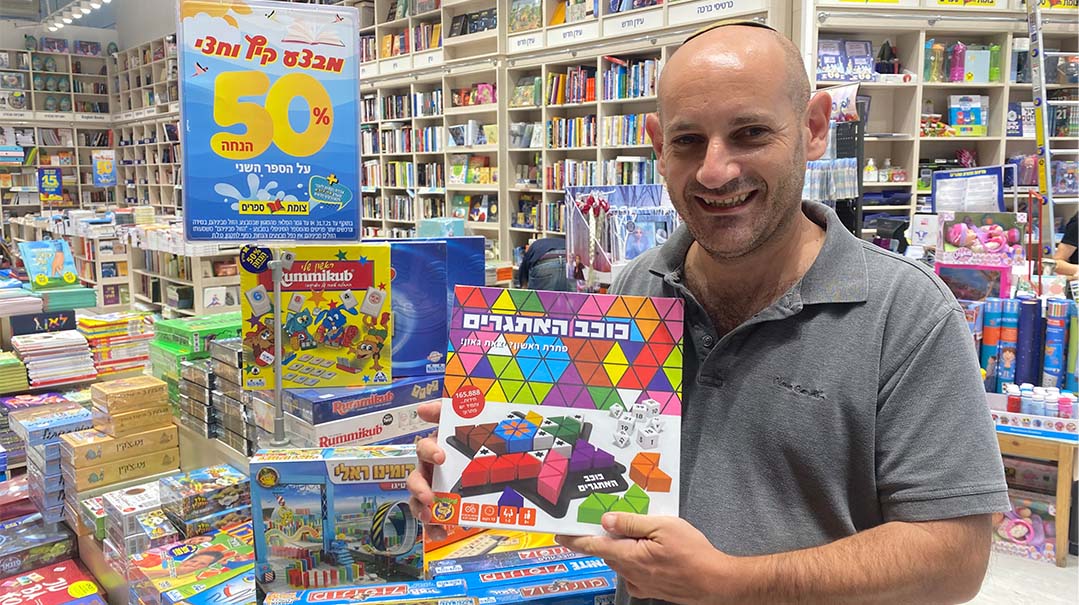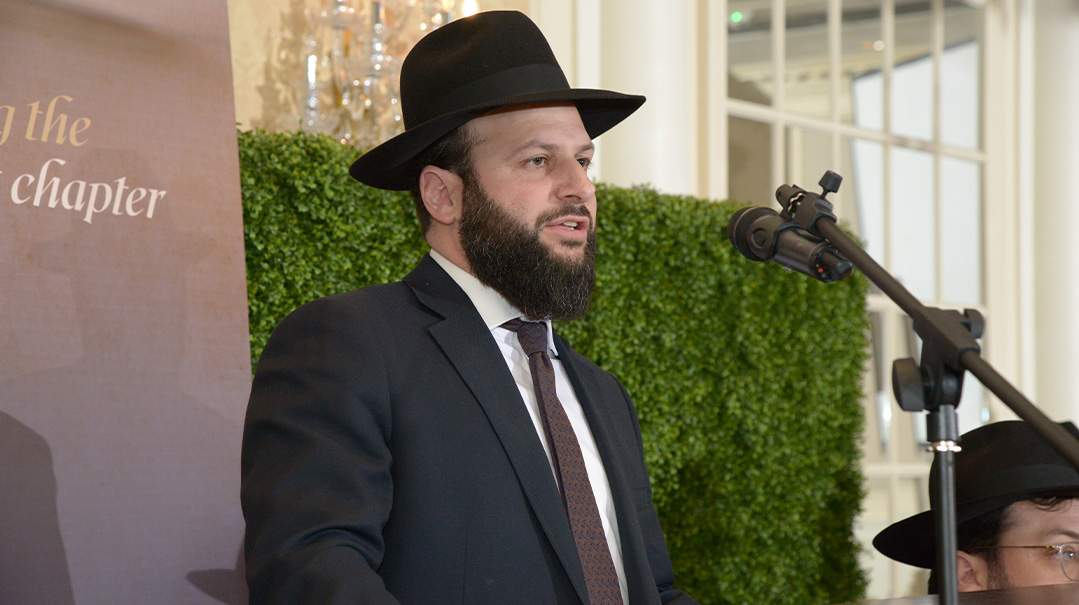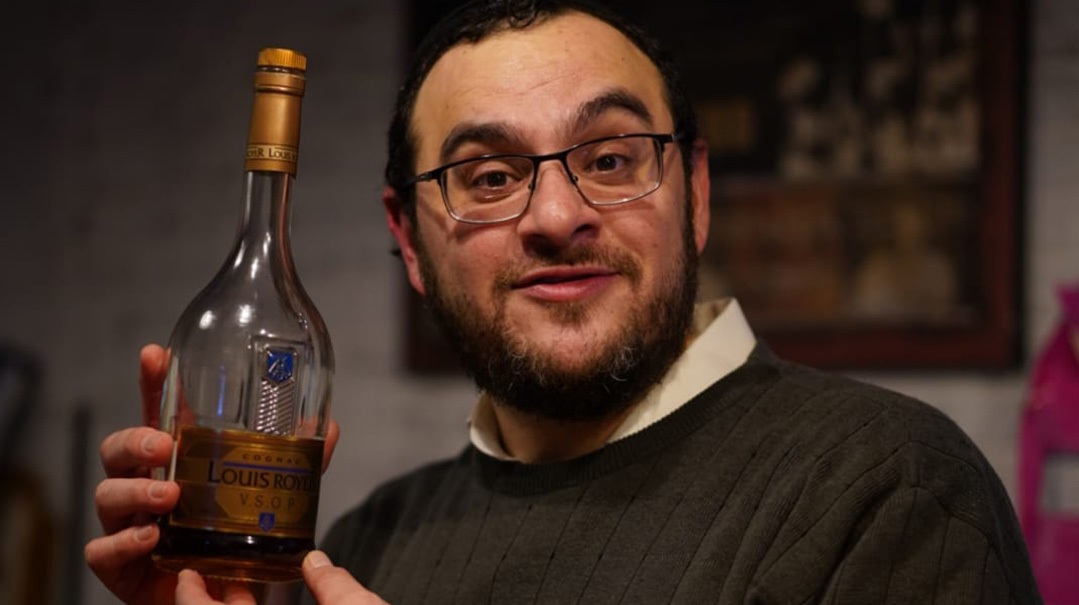10 Questions for Aron Lazarus: Ahead of the Game

"I firmly believe that the success of the most popular games today is rooted in their simplicity"

Aron Lazarus is the inventor of the award-winning logic games The Genius Star and Bee Genius, Aron Lazarus was named Rising Star Inventor of the Year at the Toy and Game Industry Awards last year. Originally from London, he lives in Modi’in, Israel.
1. What is the one component every good game needs?
A strong element of variety should be built into the mechanics of the game, so it never gets predictable or boring. It must also involve all players as much as possible, because no one enjoys waiting around for their turn!
2. How do you keep games challenging without being too complicated?
There’s no rule. In fact, there are communities of serious gamers out there who derive great joy from the depth and complexity of a game’s detail. However, I firmly believe that the success of the most popular games today is rooted in their simplicity. People don’t have the mental energy to read long, complicated rulebooks, let alone remember their contents. Instructions need to be concise and simple, understood on first reading. This doesn’t mean the game itself won’t be fun and challenging. I think this is one of the greatest successes of The Genius Star, which contains thousands of unique puzzle options, yet takes seconds to understand how to play. Many of its puzzles are easy to solve, but some of the challenges the game throws at you can be extremely taxing. I’ve even had people write to say a puzzle was impossible! I’ve always been able to prove at least one correct solution.
3. Is game-inventing your full-time job?
No. For ten years, I’ve been working as the director of international sales at The Happy Puzzle Company, a UK-based company that sells educational puzzles and games worldwide. It’s given me a deep understanding of what people are looking for in a game, as well as how that varies from country to country. I also run a private ADHD coaching practice, helping individuals and families understand and overcome the challenges of living with ADHD. My master’s degree is in social work and I have certification from the International Coach Federation. I’ve seen that a big part of supporting people with ADHD is understanding that people’s brains work differently—we enjoy learning in different ways. I design games for all, but my focus is developing games that create learning opportunities through hands-on play to serve the needs of children for whom traditional classroom-based education frameworks are not the best match. Until now, inventing games has only been a hobby, but I plan to shift my focus from sales to game creation in the coming months.
4. How do you get ideas for your games?
The Genius Star and Bee Genius were both inspired by The Genius Square, a wonderful game licensed to us at The Happy Puzzle Company by an Algerian inventor. It was a massive hit, and I thought of a follow-up game that could be just as popular but would push things to even greater levels of fun, challenge, and playability — that’s The Genius Star. I then created Bee Genius, a version that teaches foundational logic to children as young as three. I’m also involved in developing several other game ideas, and inspiration can come from literally anywhere, often when you least expect it. Someone challenged me to create a game that children, parents, and grandparents can play together and enjoy equally. Another idea I’m developing at the moment was triggered by a random visit to a sushi restaurant. And recently, someone approached me to help develop a game inspired by their favorite pasuk in the Torah.
5. What technical difficulties did you face when producing your games?
In The Genius Star, the goal is to fill a star-shaped playing board with 11 wooden shapes after seven triangular blockers have been positioned on the board. The locations of the blockers is determined by rolling seven dice. There are 165,888 different combinations that can be rolled, each of which produces a unique puzzle. I was determined that every single dice combination would produce a puzzle that had at least one correct solution, which proved to be far more challenging than I expected. It took me nearly three months to finally find a way to configure the dice to ensure a solution was always possible! After many unsuccessful attempts, I had a computer program written to check that every possibility was solvable. The computer took ten days to run through every puzzle. Thankfully, there were no mistakes.
6. Have you made any changes to your games based on user feedback?
The games have been out for a year, and we’ve received helpful feedback to incorporate into future editions. The biggest complaint we get is that The Genius Star is for two players; some people actually buy two games so four people can play at once. We limited it to two players because of the cost of manufacturing the game, which directly impacts the suggested retail price, but perhaps one day we’ll release a deluxe version for four players.
7. What’s the best way to market a game?
Packaging. In the games aisle, the box is the only thing that makes a game stand out. The graphics need to tell the whole story: Who is it aimed at? What type of experience will it provide? Is it super competitive? How many people can play? For how long? And most important, what are the benefits — bring people together? Teach a skill? Make people laugh? Keep the family entertained on Shabbos afternoon? Size is important, too; even without seeing the contents, people will often judge the value of a game by the size of the box.
8. What was your favorite board game growing up?
It’s tempting to reel off a list of dozens of games I loved playing as a child, but if I have to pick just one, Risk.
9. Which is your favorite of the board games you invented?
Although The Genius Star sells the most, I am actually most proud of Bee Genius, the only hands-on logic game of its kind that is genuinely playable by toddlers as young as three. Bee Genius is deliberately a single-player game, enabling children to develop skills at their own pace. It has a theme and a little backstory: helping the queen bee organize her worker bees to build the honeycomb — fill the board — using 11 wooden pieces. There are six dice and 46,656 different possible puzzles — and, of course, always at least one correct solution! There is nothing as satisfying as seeing children’s self-confidence grow as they successfully solve a puzzle.
10. What’s the most memorable feedback you’ve received?
My favorite was when someone sent me a photo of two elderly residents at a retirement home playing the game together, with a short message thanking me for creating a game that is not only fun but also helps keep them young and their brains active. The most amusing was when I was presenting The Genius Star to a potential customer at a trade fair. Without knowing that I was the game’s inventor, he said, “Wow, I would love to meet the geek with the brain that created this game.”
(Originally featured in Mishpacha, Issue 879)
Oops! We could not locate your form.







